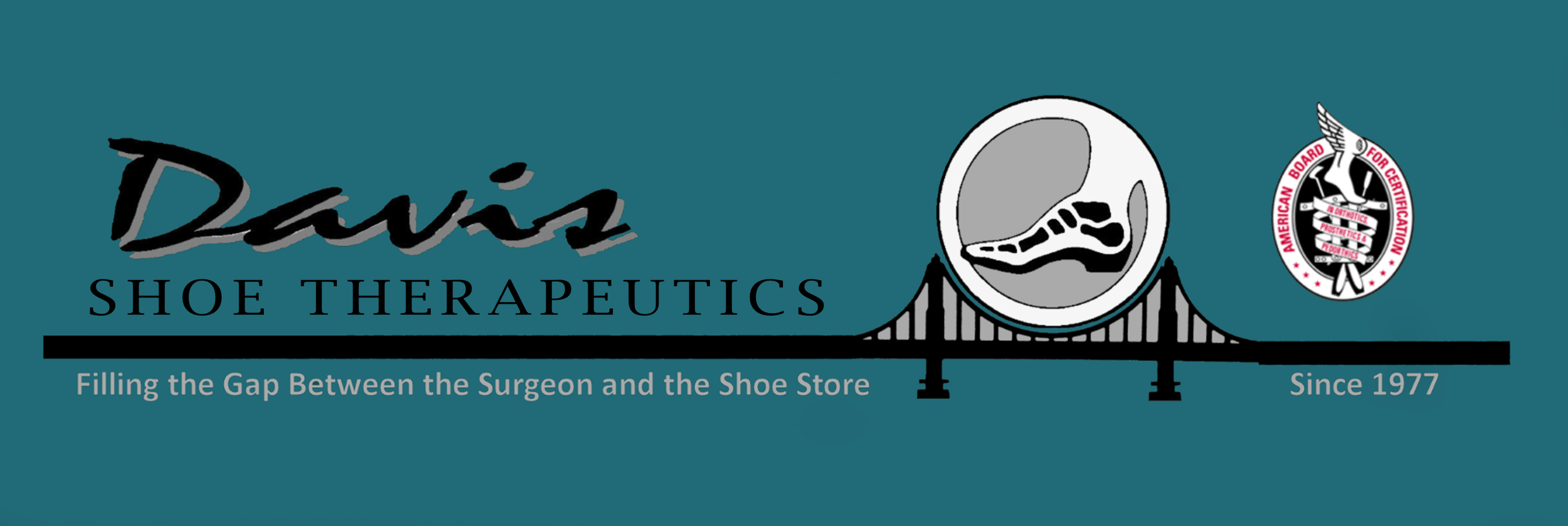Consultation
Consultation
What To Expect At Your Consultation
During a consultation, we discuss the history of your problem, bio-mechanically evaluate your feet, gait, and current footwear, and address your concerns about cost and appearance. Finally, we’ll prepare a course of action based on those factors.
Therapeutic Need
Mechanical issues (painful motion in joints, tendons, lack of balance, and weakness in muscles) tend to be addressed with functional orthotic devices, braces, and external modifications to the bottoms of the shoes.
Accommodative issues (pressure on bony prominences and fit issues) are usually addressed with footwear either custom or ready-made, fit alterations, and softer types of orthotic devices.
Your Lifestyle
Unlike other therapeutic devices, footwear is part of your attire and reflects your self-image. Therefore, compromises sometimes have to be made to find the perfect balance between what looks good and what feels good.
During a consultation, you decide where you fall on the spectrum. If you can barely walk, you may choose footwear that is very supportive and accommodative. If you’re in a profession where business attire is worn, or simply want a dressier style, you may be willing to sacrifice a bit of support and accommodation and request that we streamline your solution. It can often be difficult to combine fashion and function, so we will advise you.
Budget Concerns
We understand that insurance does not pay for every condition, so the solution must be affordable. Custom-made shoes from scratch can be rather expensive compared to ready-made shoes. Complexity and fashion can drive the price higher. A few people will have no choice when the complexity of their problem goes beyond the parameters of ready-made footwear. Most, however, can do well with orthotic devices and ready-made shoes that have been altered to make them fit or function better.
The best solution is usually the one that will get the job done with the least expense and wait time.


